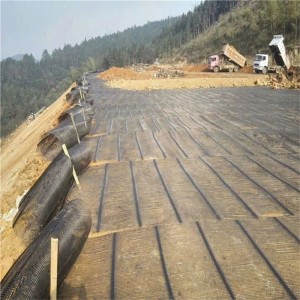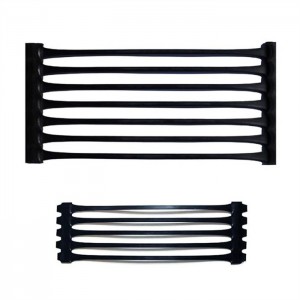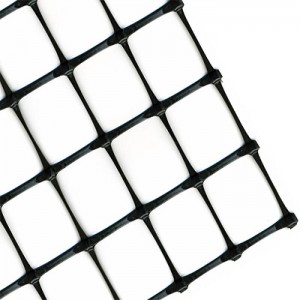-

PP Biaxial Geogrid
A geogrid is geosynthetic material used to reinforce soils and similar materials. The principal function of geogrids is for reinforcement. For 30 years biaxial geogrids have been utilized in pavement construction and soil stabilization projects throughout the worldwide. Geogrids are commonly used to reinforce retaining walls, as well as subbases or subsoils below roads or structures. Soils pull apart under tension. Compared to soil, geogrids are strong in tension.
-

PP Uniaxial Geogrid
Uniaxial plastic geogrid, made of high molecular polymer of polypropylene, is extruded into sheet and then punched into regular mesh pattern and finally stretched in the transverse direction. This production can ensure the structural integrity of the geogrid. The PP material are highly oriented and resists elongation when subjected to heavy loads for long period of time.
-

HDPE Uniaxial Geogrid
Uniaxial geogrids typically have their tensile strength in the machine (roll) direction. They are mainly used to reinforce the soil mass in a steepened slope or segmental retaining wall. On occasion, they function as a wrapping to confine the aggregate in the wire forms of welded wire faced steepened slopes.
-

HDPE Biaxial Geogrid
HDPE biaxial geogrid is made of polymer material of high density polyethylene. It is extruded into sheet and then punched into regular mesh pattern, then stretched into a grid in longitudinal and transverse directions. The high polymer of plastic geogrid is directionally arranged in the heating and stretching process of manufacturing, which strengthen the binding force between molecular chains so it increases the grid strength.
